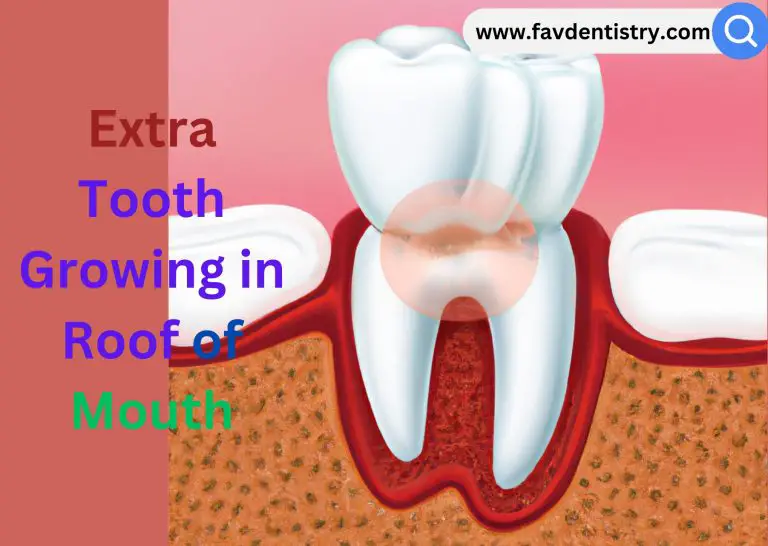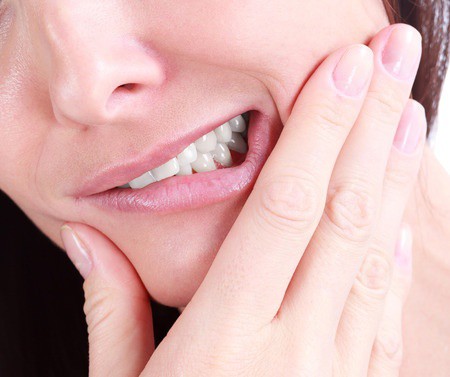Last Updated on 3 weeks by Dr. Michelle G. Brito
Tooth Growing in Lower Gums is not uncommon for children to experience tooth eruption in the lower gums, a process known as teething. This usually occurs between the ages of 6 months to 3 years and can cause discomfort and irritability in some children.
Teething may lead to symptoms such as drooling, swollen gums, and mild fever. Providing gentle massage to the gums, using teething toys, and offering cold foods or teething biscuits can help alleviate the symptoms. However, if the child experiences persistent fever or severe discomfort, it is advisable to consult a pediatric dentist for further evaluation and guidance.
Understanding the natural process of tooth eruption and implementing appropriate measures can help ease the teething phase for both the child and the parents.
Signs Of New Teeth Emergence
Spotting the First Tooth
The initial signs of a new tooth growing in the lower gums of a child can include increased drooling, irritability, and the child constantly putting their hands or objects into their mouth.
Recognizing Teething Symptoms
Teething can cause symptoms such as swollen and sensitive gums, difficulty sleeping, decreased appetite, and mild fever. It’s important to monitor these signs and provide appropriate teething relief to the child.
Timeline for Lower Gums Teething
Most babies will start teething between 4 to 7 months of age, and the first tooth usually emerges by the age of 6 to 10 months. This process may lead to discomfort for the child, but proper care and attention can help alleviate their discomfort.
Dental Development Stages In Children
Primary Teeth Eruption Sequence – The eruption of primary teeth follows a specific sequence, usually beginning with the lower central incisors. The process typically starts around six months of age and continues until around age three.
Importance of Baby Teeth for Future Dentition – Baby teeth play a crucial role in guiding the proper alignment of permanent teeth. They reserve space for incoming adult teeth and aid in proper speech development.
Milestones of Dental Growth – Understanding the milestones in dental growth helps parents and guardians prepare for and monitor the oral health of their children. Keeping track of the eruption sequence and early dental appointments can help prevent and address potential issues.
Caring For Your Child’s Emerging Teeth
Proper oral hygiene practices are crucial for caring for your child’s emerging teeth. Brushing with a soft-bristled toothbrush and a smear of fluoride toothpaste twice a day helps prevent tooth decay. Gently massaging the gums with a clean finger or a cold teething ring can soothe teething discomfort. Offering your child a balanced diet rich in calcium, phosphorus, and vitamin D contributes to healthy tooth development. Encourage consumption of fruits, vegetables, and whole grains while limiting sugary snacks and beverages. Providing plenty of water helps wash away food particles and reduces the risk of cavities. Consult a pediatric dentist for guidance on proper oral care tailored to your child’s needs.
:max_bytes(150000):strip_icc()/GettyImages-138307575-treatment-2000-05f4d3dbbd674091b0a80af635f73f7b.jpg)
Credit: www.parents.com
Common Issues And Remedies
Recognizing Delayed Teething: It’s important to monitor the child’s teething development and watch out for any signs of delayed teething. This includes insufficient tooth eruption by a certain age and any unusual gum discomfort.
Overcoming Teething Pains: When dealing with teething pains, providing gentle massage on the gums with a clean finger or a cool teething ring can offer relief. Additionally, applying a small amount of over-the-counter teething gel can help alleviate discomfort.
Preventing Early Childhood Cavities: To prevent early childhood cavities, it’s crucial to establish a proper oral hygiene routine. This includes gently cleaning the child’s gums with a damp cloth and introducing regular brushing with a child-sized toothbrush and fluoride toothpaste as soon as the first tooth appears.
Professional Dental Visits For Children
When it’s time for your child’s first dental check-up, schedule it around their first birthday or when their first tooth comes in. Pediatric dental appointments involve assessing oral health and monitoring tooth growth. Dental professionals play a crucial role in monitoring the growth of your child’s teeth and ensuring they develop properly. By scheduling regular professional dental visits, you can ensure that any concerns about tooth growth in the lower gums are addressed promptly and effectively.
Encouraging Positive Dental Habits
Encouraging positive dental habits in children is essential for their oral health. Making brushing fun for children is a great way to instill good habits from a young age. Parents can introduce playful toothbrushes and flavored toothpaste to make the experience enjoyable. Choosing the right dental products for kids is crucial, including soft-bristled toothbrushes designed for small mouths and fluoride toothpaste recommended by dentists. Additionally, utilizing educational resources for oral health awareness can help children understand the importance of proper dental care. Interactive games, storybooks, and educational videos can engage children and enhance their knowledge of oral hygiene. By implementing these strategies, parents can set their children on the path to a lifetime of healthy dental habits.
Conclusion
The presence of a tooth growing in the lower gums of a child can be a cause for concern for parents. It is essential to seek professional dental advice to ensure proper diagnosis and treatment. Understanding the underlying causes, potential complications, and available treatment options is crucial for addressing the issue effectively.
Taking proactive steps to address this issue can help ensure the child’s oral health and overall well-being.




